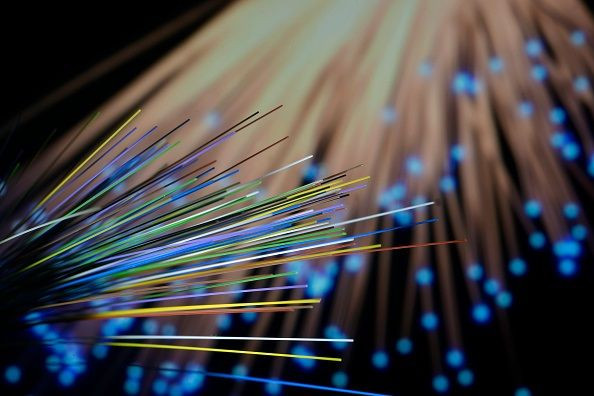World’s Fastest Data Speed Record Broken: Download 'Breaking Bad’ At Breakneck Speed

Scientists have broken the world's fastest data speed record with a connection that could download every high definition episode of "Game of Thrones" in less than a second.
The 1.125 terabits-per-second speed, achieved in lab conditions, is nearly 90,000 times faster than internet speeds typically found in U.S. homes. In the third quarter of 2015, the average speed was just 12.6 megabits per second, content delivery network Akamai said.
The breakthrough was made by researchers at the Unloc program, a 4.8 million-pound ($6.9 million) collaboration among University College London, Aston University and industry partners. Researchers were looking into how fast optical transmission systems could theoretically go, using techniques more commonly used in wireless networks and applying them to fiber optics. These optic networks currently carry almost all of the world's data transmissions.
“This result is a milestone as it shows that terabit per second optical communications systems are possible in the quest to reach ever higher transmission capacities in optical fibers,” said professor Polina Bayvel, principal investigator of the Unloc program at UCL, in a statement Thursday. “A high-capacity digital communications infrastructure underpins the internet and is essential to all aspects of the digital economy and everyday lives.”
Unfortunately, it may be some time before everyone is downloading shows like “The Flash” at light speed. The researchers had attached the transmitter straight onto the receiver to test these new optical transmission techniques. In the real world, optical cables run through the sea and over wide distances, connecting continents and countries.
The team will now test out these ideas over longer distances. Optical signals can get distorted along the way, and Unloc will now look to see what happens to these new signals when the receiver isn't right next to the transmitter.
© Copyright IBTimes 2024. All rights reserved.





















